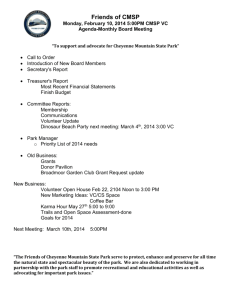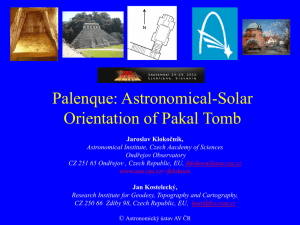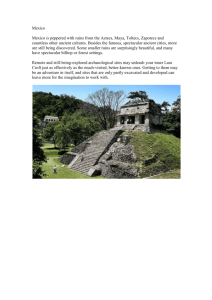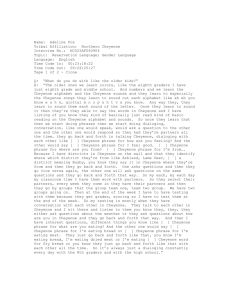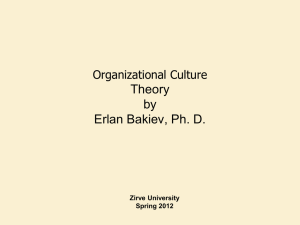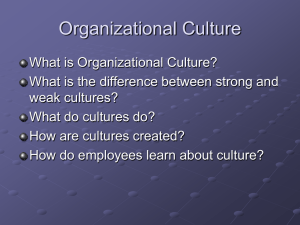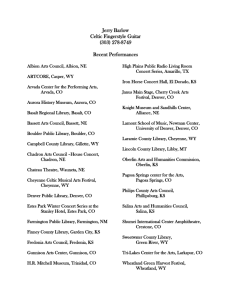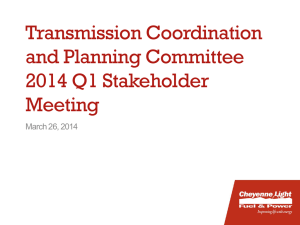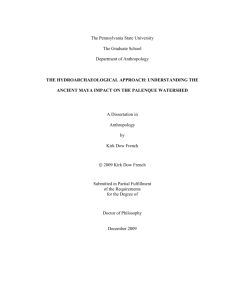File - Harold rodriguez echeverry
advertisement
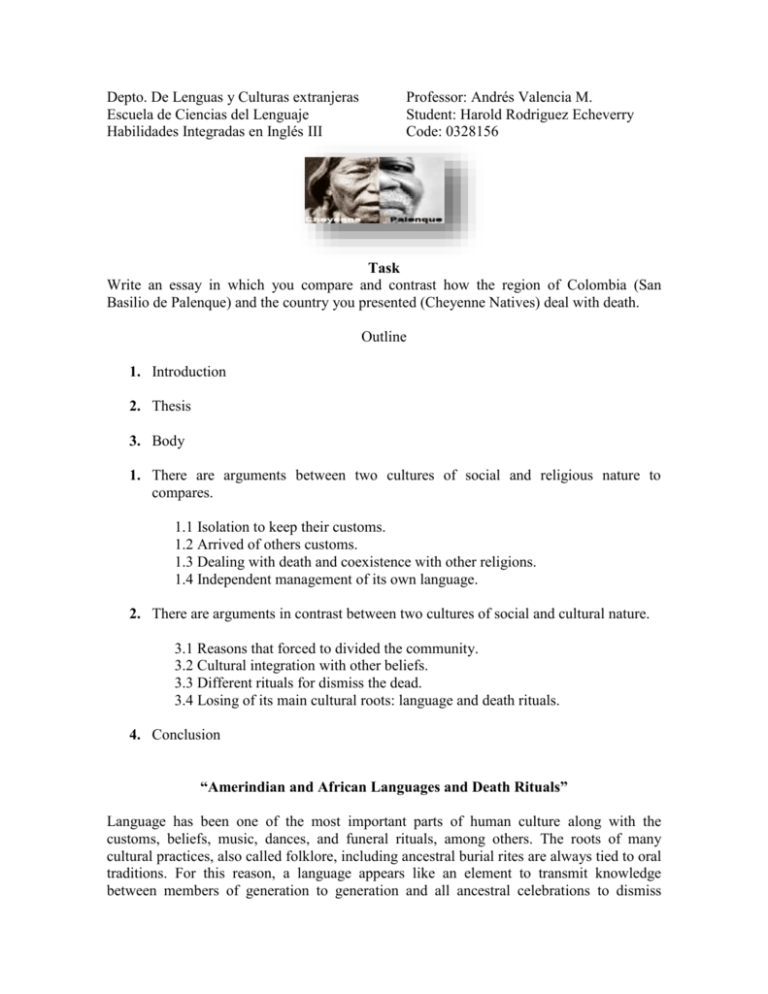
Depto. De Lenguas y Culturas extranjeras Escuela de Ciencias del Lenguaje Habilidades Integradas en Inglés III Professor: Andrés Valencia M. Student: Harold Rodriguez Echeverry Code: 0328156 Task Write an essay in which you compare and contrast how the region of Colombia (San Basilio de Palenque) and the country you presented (Cheyenne Natives) deal with death. Outline 1. Introduction 2. Thesis 3. Body 1. There are arguments between two cultures of social and religious nature to compares. 1.1 Isolation to keep their customs. 1.2 Arrived of others customs. 1.3 Dealing with death and coexistence with other religions. 1.4 Independent management of its own language. 2. There are arguments in contrast between two cultures of social and cultural nature. 3.1 Reasons that forced to divided the community. 3.2 Cultural integration with other beliefs. 3.3 Different rituals for dismiss the dead. 3.4 Losing of its main cultural roots: language and death rituals. 4. Conclusion “Amerindian and African Languages and Death Rituals” Language has been one of the most important parts of human culture along with the customs, beliefs, music, dances, and funeral rituals, among others. The roots of many cultural practices, also called folklore, including ancestral burial rites are always tied to oral traditions. For this reason, a language appears like an element to transmit knowledge between members of generation to generation and all ancestral celebrations to dismiss relatives that are preserved by maroons and Indians descendants defy modernity for Palenque and Cheyenne people. I wrote this essay for university students of Foreign Languages in the English III course at Universidad del Valle interested in learning about San Basilio de Palenque and the Native American Cheyenne tribe. My intention is to convince the reader about the importance of language and death rituals as a cultural heritage belonging to a population. This essay seeks to know until which point these languages will remain as an identity unchanged for Cheyenne and Palenque communities, that is until when this sanctuary linguistic will be for their members something ideal and untouchable, and the other hand why both cultures have big similarities and differences around death rituals. Below are presented some reasons of social and religious nature that compare why the Palenque and Cheyenne share some aspects about languages and death rituals. Firstly, both cultures have lived as autonomous groups in settle villages for years, far away from cities. That isolation allowed each tribe to keep its own oral traditions, laws and popular beliefs about death. For instance, the Cheyenne were one of tribes who performed the sun dance (thanksgiving ceremony) while the Palenque performed the Lumbalú (burial ceremony). Secondly, in most cases both cultures have been susceptible to others customs and traditions of others people. Their inhabitant doesn’t live like several centuries ago. So, the Northern and southern Cheyenne natives were influenced by life style of Montana and Oklahoma people, for example through the Country music. Similarly, in the San Basilio´s village, when the Colombian boxer “Kid Pambelé” was champion in 1974, he asked to Misael Pastrana President to bring electrical power to his town. Hence, the advent of technology made people forget some of their social customs. Thirdly, the two cultures have animistic beliefs, that is to say, they worship different gods or animal spirits. For instance, Cheyenne religion recognized two principal deities: the Wise One Above and a God who lived beneath the ground. In addition, four spirits lived at the four points of the compass. Also, Palenque religion recognized several Catholic saints. Both cultures practice shamanism: a kind of traditional medicine to cure diseases. Palenque has some religious practices from Catholic Roman Church and Cheyenne share Protestant beliefs from American people. In fact, actually in Palenque burial rituals, the coffin is taken to the church before making the funeral ceremony called Lumbalú. Finally, each culture inherited, learned and developed a creole language. So, the Cheyenne language comes from Algonquian languages (Native American Languages) and the Palenque comes from several Bantu languages (African Languages), being spoken by many of them. As a matter of fact, each language family has its own phonology and morphology that left lexical footprints in some words. Additionally, presented some arguments of social and cultural nature in contrast why the Colombian Maroons and the Native American tribe not only tend to forget their languages, but also they have different death rituals. The first point is owing to the fact that Cheyenne were divided into two groups, due to the war against the army and for the gold fever. This division made few differences in language and some customs. In contrast, Palenque people never were divided by Spaniards. The second point is the cultural integration between Palenque and Cheyenne death rituals with the beliefs from Catholic and Protestant religions. Thus, we have a problem of religious syncretism: the union of two or more cultural features. Both cultures develop different ways of making their own death rituals (burial on ground or platforms) but the Catholic Church or Protestant religion can´t taking away him their customs or roots. According to Mr. Jorge Humberto Cadavid Morales presbyter from Universidad del Valle: “El choque entre dos culturas puede causar: aumento de o disminución de. Si el choque entre religión y cultura es arrancar la cultura a la gente, la que pierde es la religión. Nosotros lo llamamos interculturación del evangelio: poner el evangelio dentro de una cultura. La norma de la iglesia es: Se debe respetar la cultura pero no cambiar el evangelio”. Translated into english: The clash between cultures may cause: increased of …or decreased of. If the clash between religion and culture is taking away the culture to the people, the loser is the religion. We called it Inculturation of the Gospel: put the gospel within culture. The norm of the church is: It must to respect the culture but does not change the gospel”. For that reason, Palenque and Cheyenne people accommodate Catholic or Protestant beliefs according to their own circumstances, according to his own form of celebrate the dead. The third point is the different traditional death ceremonies. Palenque people before buring the corpse on cemetery, they make a ceremony with cries, songs and dances called Lumbalú. Then, the funeral is for the next nine days and nights, where the spirit goes to the world of the dead. Unlike Palenqueros, the Cheyenne, they let the body wrapped in cloth resting in a wood platform, accompanied by personal elements. They believe it will accelerate the soul passage to afterlife. For black communities ritual deaths are related with parties. But, for Native Americans is related with spiritual travel. Lastly, because Palenque and Cheyenne communities speak a specific language, many young members will need Spanish or English to communicate with other people, consequently this fact will let these languages losing step by step. Furthermore, lately has been made some burials in Palenque and Cheyenne tribes, forgetting the tradition. Because, the community members said that this dead people don´t had some kind of parentage with them. In conclusion, the practice of a specific language and death rituals it was something ideal in some moment of the past for every culture, but maybe it doesn´t will be tomorrow. Some members of Palenque and Cheyenne groups will refuse their languages and funeral rituals, because it isn´t prestigious anymore, because they form part of a new culture or simply because customs changes.
